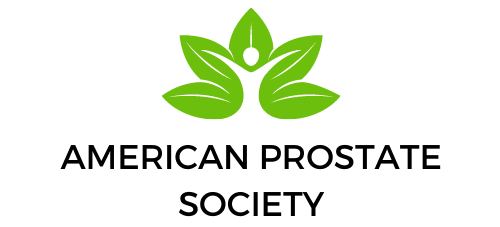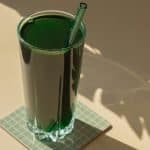A back massage offers more than momentary relief—it promotes muscle relaxation, improves circulation, and reduces stress. Simple techniques and proper environment transform a basic touch into a soothing experience. Understanding safe practices and effective strokes empowers anyone to unlock these benefits, whether at home or with a professional. This guide highlights practical tips to enhance well-being through mindful back massage.
Understanding the Benefits and Techniques of Back Massage
A back massage involves systematic kneading, gliding, and tapping motions that relax muscles, reduce tension, and improve blood flow. Its benefits include pain relief, stress reduction, and enhanced mobility, making it suitable for chronic discomfort or post-injury recovery.
Dans le meme genre : How Can Mindful Eating Practices Aid in the Treatment of Binge Eating Disorder?
When starting out, safety precautions are vital. Use gentle pressure, avoid bones and joints, and steer clear of skin issues or existing health conditions like blood clots. Effective techniques—such as effleurage (light strokes), petrissage (kneading), and tapotement (tapping)—can be performed using hands or tools like a back massage tool or massager.
For those seeking tools, electric back massagers or portable devices provide efficient relief, especially after workout or long hours at a desk. The Click for more details page offers tips on safe usage and technique. Proper environment, communication, and understanding pressure points enhance results and comfort during self-massage or professional sessions.
A lire aussi : Discover the best online pharmacy options in the uk
Essential Back Massage Techniques and Equipment
Effleurage, petrissage, tapotement, and twisting form the core of fundamental massage techniques for effective muscle tension relief. Effleurage uses long, gliding strokes to promote relaxation and boost circulation—ideal as an opener for whole back relaxation methods. Petrissage follows, applying kneading and rolling motions that deeply target sore muscle treatment and help break down tension knot relief. Tapotement incorporates rhythmic tapping for stimulating blood flow and quick pain relief methods, while twisting gently stretches the back, supporting chronic back pain solutions and deep tissue relief.
Top home massage equipment includes ergonomic massage tools and portable massager options. Massage oils, such as almond or jojoba, are essential for reducing friction and enhancing the therapeutic touch. Heating massagers and vibration therapy devices offer modern alternatives for self-massage tips and muscle recovery aids. Choosing the right back massager allows for personalized pain management strategies and supports muscle strain recovery, especially for those seeking massage for lower back pain or massage therapy for posture correction. Always prioritize a comfortable environment with soft lighting, calming music, and fresh linens to maximize the benefits of massage techniques for stiffness and stress reduction through massage.
Safety, Precautions, and Enhancing Effectiveness of Back Massage
Prioritizing back massage safety is essential. For any relaxation techniques or pain relief methods, always assess for contraindications: avoid massage for people with recent injuries, open wounds, skin infections, inflammation, blood clots, osteoporosis, or cancer. Extra caution is needed for massage therapy for posture correction or when handling chronic back pain solutions.
Apply pressure with care. When using therapeutic touch or deep tissue relief, never exert force on the spine or neck—stick to muscle tension relief along muscular areas, not bony or sensitive regions. Communicate throughout the session, asking for feedback on pressure levels and muscle strain recovery needs. Adjust self-massage tips or professional massage benefits to suit comfort and safety, especially during massage techniques for stiffness or tension knot relief.
If using home massage equipment, electronic massage devices, or portable massager options, ensure the settings are modest and avoid prolonged exposure to any one spot to prevent aggravating sensitive tissues. Selecting ergonomic massage tools or vibration therapy devices designed for deep tissue relief can further minimize risk while maximizing upper back muscle relief and whole back relaxation methods.









